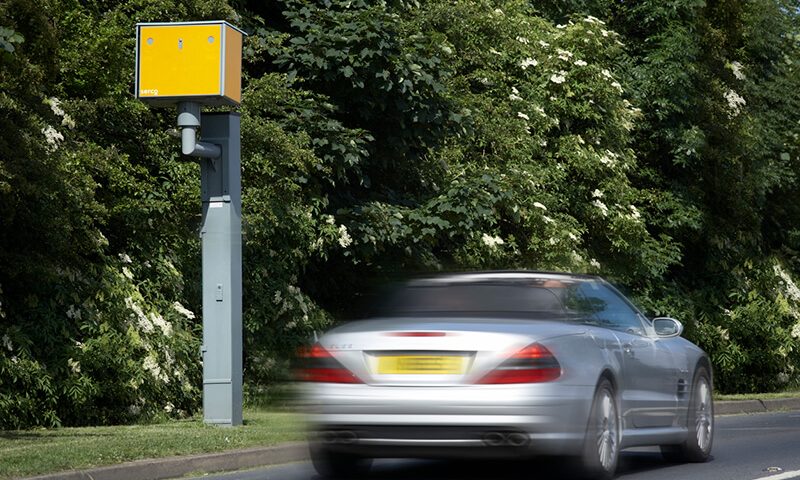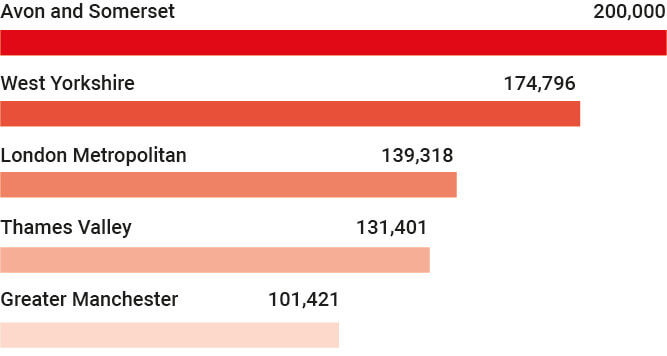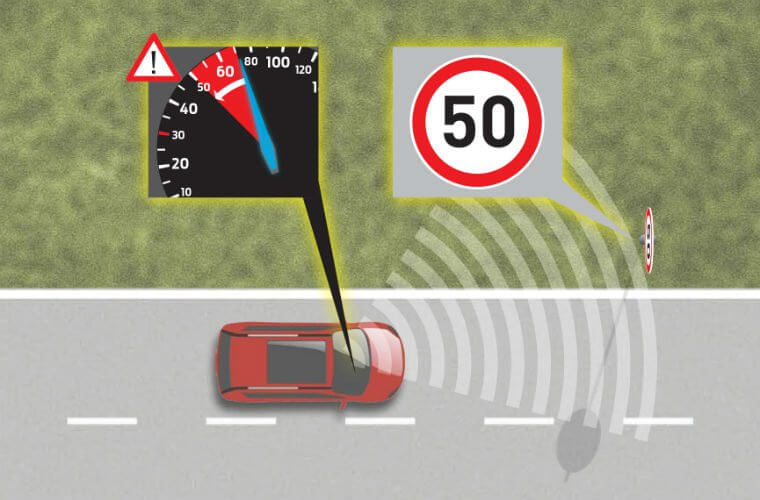The UK’s speeding crisis

Ever wondered which part of the country is home to the greatest number of speeding motorists? Well, new data might help answer that question…
According to research commissioned by the RAC Foundation, Avon & Somerset is the area with the most speeding drivers, with nearly 200,000 caught in 2017/18 alone.
But over the border in Wiltshire it’s a different story. Just 1,100 motorists caught over the limit, highlighting big regional disparity when it comes to speeders in England and Wales.
Four motorists caught speeding every minute
The analysis, carried out by Dr Adam Snow, a lecturer in Criminal Law at Liverpool John Moores University, is based on official data from the Home Office.
Across England and Wales in 2017 2.3 million speeders were caught, equating to a shocking four motorists every minute.
In total, 97% of speeding offences were detected by camera, with the remaining 3% detected by police and radar scanners.
The five police constabularies with the most speeders detected in England and Wales
Police in Avon and Somerset detected the most offences, but other forces weren’t far behind.
West Yorkshire police detected 174,796 speeding offences in 2017-18 – a 42 per cent raise on the previous year.
While the Metropolitan Police detected 139,318, a 58 per cent increase.
Following close behind was Thames Valley Police, with 131,401, and Greater Manchester, with 101,421.

The five police constabularies with the fewest speeders detected in England and Wales
Meanwhile, Wiltshire Police caught the least speeding drivers – just 1,191 of them, up 20 per cent year-on-year.
Durham Police detected 8,802 offences (up 18 per cent) and Derbyshire Constabulary saw 10,480 (up three per cent).

Regional disparity due to local policing priorities
According to Steve Gooding, RAC Foundation Director, local policing priorities have a lot to do with the disparity between areas, as do other local issues like traffic volume and road type.
He said: “It is the job of police and crime commissioners, and chief constables, to target resources appropriately, recognising the issues of greatest local concern.
“Changes and variations in the numbers of offences detected will reflect not just driver behaviour but also the extent of enforcement activity in any one year.
Speed awareness courses on the rise
In 44% of cases, the offender was sent on a speed awareness course, while 34% received fixed penalty notices.
Some 11% of offences were cancelled and 10% resulted in court action.
It’s estimated that around a quarter of all British drivers have now been on a speed awareness course.
The UK’s war on speeding
Department for Transport (DfT) figures show that 220 people were killed and a further 1,493 were seriously injured in crashes on Britain’s roads in 2017 where a vehicle exceeding the speed limit was a contributory factor.
The DfT said new provisionally agreed EU would apply to the UK despite Brexit results.
Want more information on what you can expect from speed cameras this year? Check out our ultimate guide to speed cameras and stay on the right side of the law.



